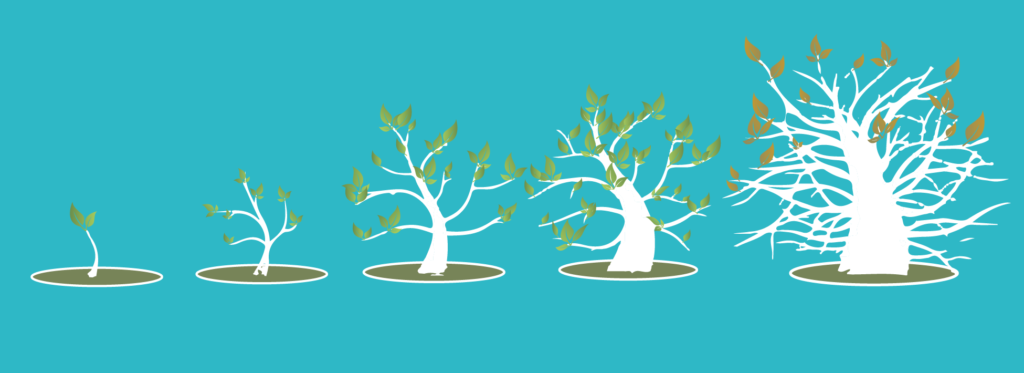Learning Objectives

Explain the primary topics of lifespan development and how research is conducted in the field
- Define human development and identify the stages of human development.
- Explain the lifespan perspective.
Welcome to life span, growth and development. This is the study of how and why people change or remain the same over time.
This course is commonly referred to as the “womb to tomb” course because it is the story of our journeys from conception to death. Human development is the scientific study of how we change over time. We will look at how we change physically over time from early development through aging and death. We examine cognitive change, or how our ability to think and remember changes over time. We look at how our concerns and psychological state is influenced by age and finally, how our social relationships change throughout life.
Think about how you were five, ten, or even fifteen years ago. In what ways have you changed? In what ways have you remained the same? You have probably changed physically; perhaps you’ve grown taller and become heavier. Along with physical changes, you experienced cognitive changes including the way you think, reason, and solve problems. For example, reasoning may be decidedly different when we compare the how six-year olds, sixteen-year-olds, and 46-year-olds think about friendship. A six-year-old may think that a friend is someone with whom they can play and have fun. A sixteen-year-old seeks friends who who share their interests, attitudes, and help them form a sense of identity outside of their family. A 46-year-old may have many acquaintances, but look to family members to fulfill the need for social activities and sharing confidences. As you grew, you may have also experienced psychosocial change. This refers to emotions and psychological concerns as well as social roles and relationships. Psychologist Erik Erikson suggests that we struggle with issues of trust, independence, and intimacy at various points in our lives (we will explore this thoroughly throughout the course.)
This is a very interesting and meaningful course because it is about each of us and those with whom we live and work. One of the best ways to gain perspective on our own lives is to compare our experiences with those of others. In this course, we will strive to learn about each phase of human development in the context of physical, cognitive, and psychosocial changes, all the while making cross-cultural and historical comparisons and connections to the world around us.
In addition, we will take a lifespan developmental approach to learning about human development. That means that we won’t just learn about one particular age period by itself; we will learn about each age period, recognizing how it is related to both previous developments and later developments. For instance, it helps us to understand what’s happening with the 16-year old by knowing about development in the infant, toddler, early childhood, and middle childhood years. In turn, learning about development throughout childhood and early adulthood helps us to more fully understand the person at age 46, and the years beyond culminating in late adulthood.
Development does not stop at a certain age; development is a lifelong process. We may find individual and group differences in patterns of development, so examining the influences of gender, cohort/generation, race, ethnicity, culture, socioeconomic status, education level, and time in history is also important. With the lifespan developmental perspective, we will gain a more comprehensive view of the individual within the context of their own developmental journey and within social, cultural, and historical contexts. In this way, this course covers and crosses multiple disciplines, such as psychology, biology, sociology, anthropology, education, nutrition, economics, and healthcare.